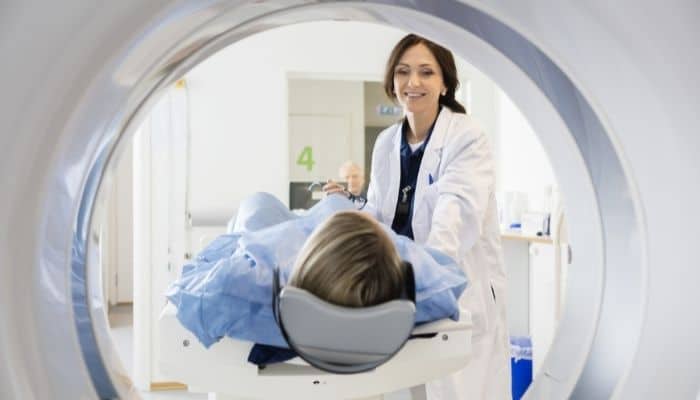Radiology has come a long way from its pioneering days to where it stands presently as an effective diagnostic means. Professionals in the industry utilize modern medical imaging techniques and technologies to provide accurate information and deliver consistent treatment opportunities.
Knowledge and understanding of these state-of-art methods are beneficial for the patient perspective. Let’s take a closer look at a few of the recent trends in medical imaging changing healthcare today and in the future yet to come.
Wearable Medical Devices: Scanning Technology
Portable medical technology comes in the form of wearable devices. Think similarly to the smart monitoring fitness and health trackers available on the market today. Wearable medical devices are ideal for collecting data outside of clinical settings. Doctors use these assessment tools to observe how a patient manages their health at home or what factors are influencing their care.
Medical professionals can diagnose health issues or conditions or monitor patients for necessary adjustments to care or medications. This creates a more positive patient experience. Examples of wearable technology include portable brain scanners that offer mobile imaging and gloves that use MRI technology to assess tendon and joint use.
Radiopharmaceuticals: Nuclear Imaging
The value of modern radiochemistry is found in its long-standing applications, including in nuclear medicine. Nuclear medicine is a critical specialized form of radiology that uses minute radioactive materials for patient examination and treatment. In nuclear imaging, patients ingest radiotracers for a medical imaging scan. During this scan, a camera zooms in on the organ or structure where the radioactive tracer concentrates.
Positron emission tomography (PET) imaging is suitable for diagnosing a variety of life-threatening diseases or cancers. Recent advancements in PET imaging help produce higher-quality images in less time. These technological enhancements have been especially helpful for the prediction of Alzheimer’s progression. Early detection is essential for enhanced care and treatment.
Virtual Reality Software: 3D Rendering
Virtual reality proves significantly practical beyond the realm of video games and entertainment. Three-dimensional imaging technology is unequivocally one of the recent trends in medical imaging changing healthcare. Standard 2D renders leave much to the imagination. Within radiology, 3D imaging technology takes CT and MRI scanning to the next level.
Fresh augmented VR technologies and software produce cinematic rendering, providing physicians and professionals with a full realistic perspective of a medical issue. Thanks to this tech, visualization and planning before high-risk procedures can take the guesswork out of the best paths for treatment. These medical imaging trends are critical to ever-improving techniques and mainstream tools for the future of healthcare and its patients.







